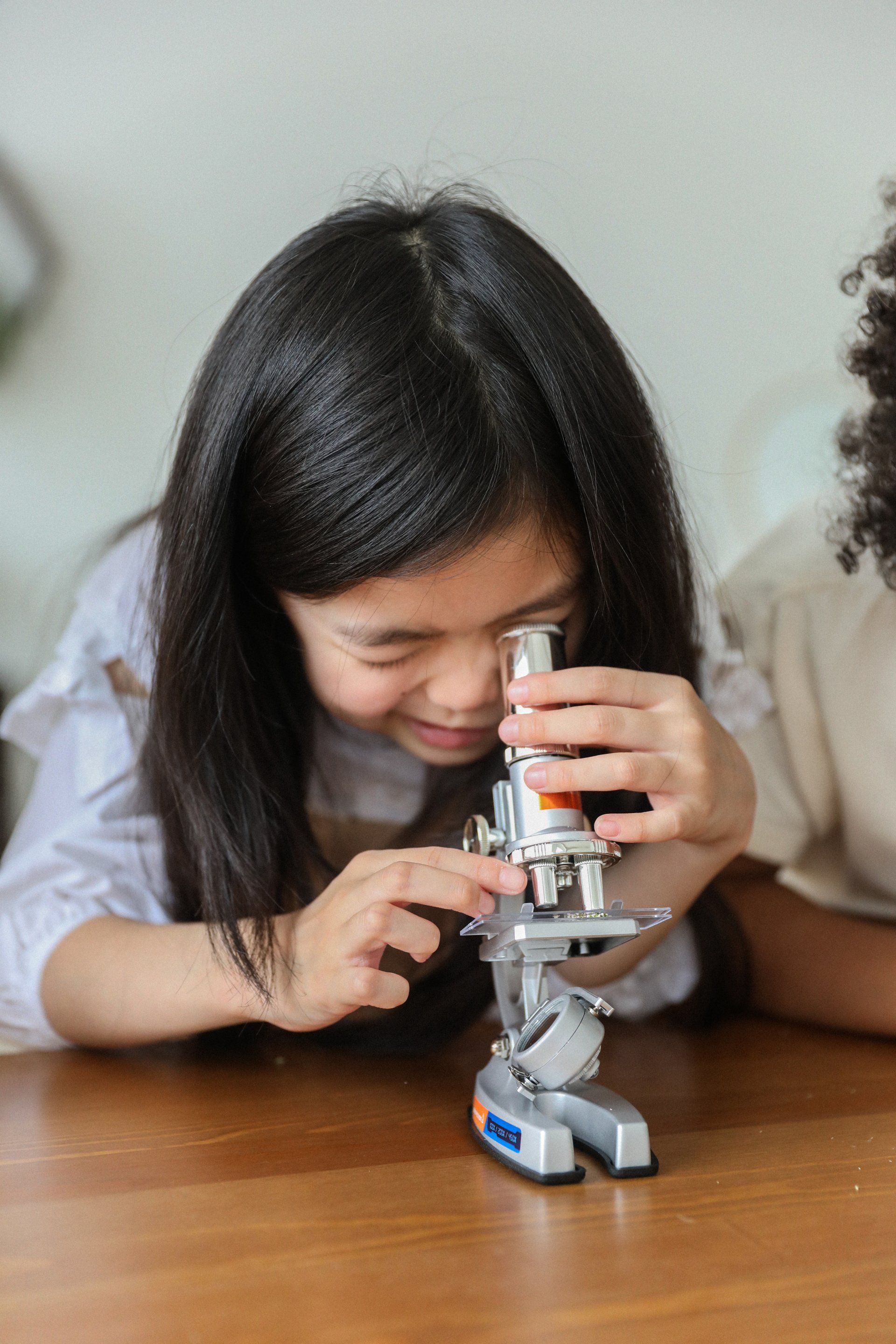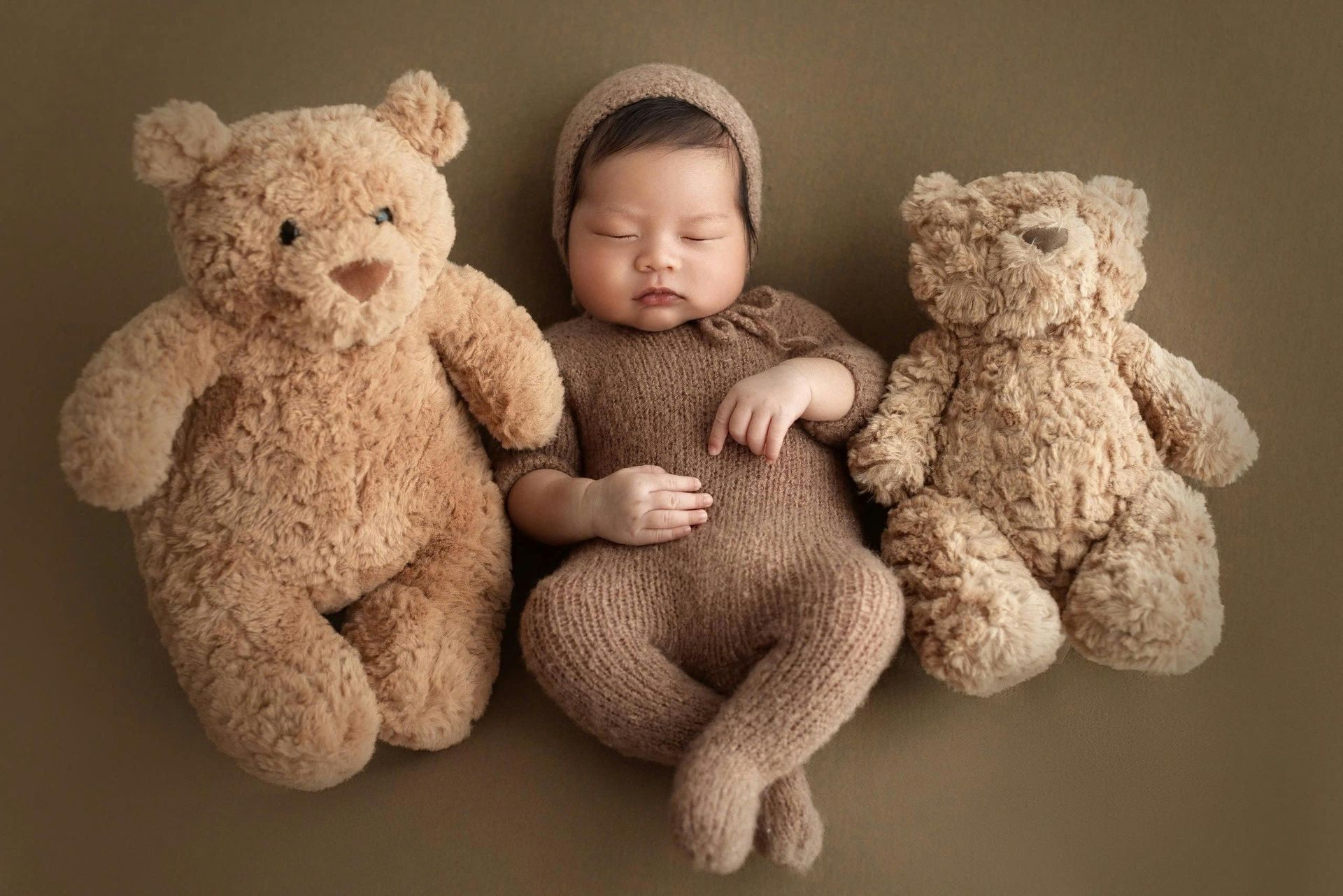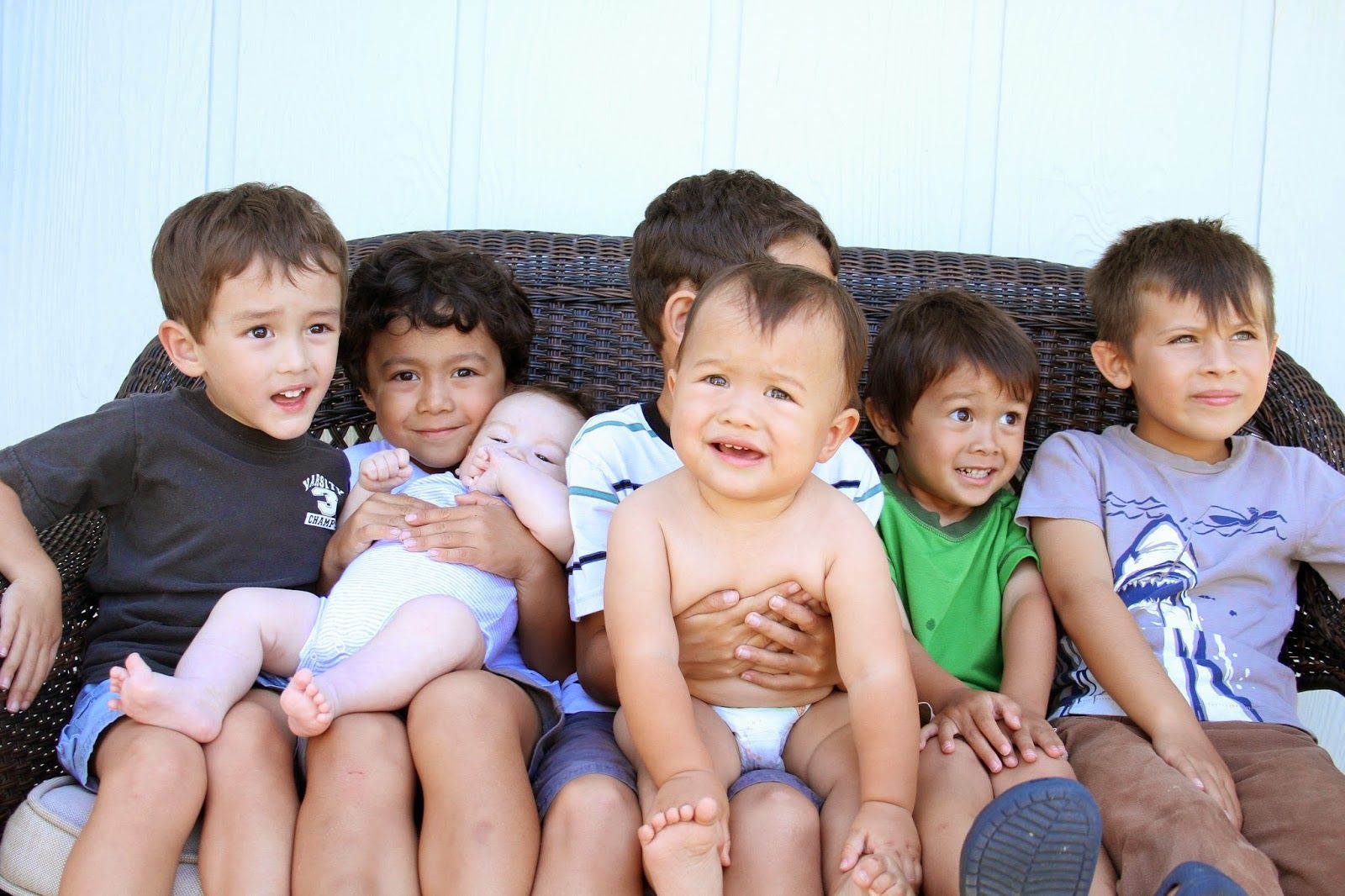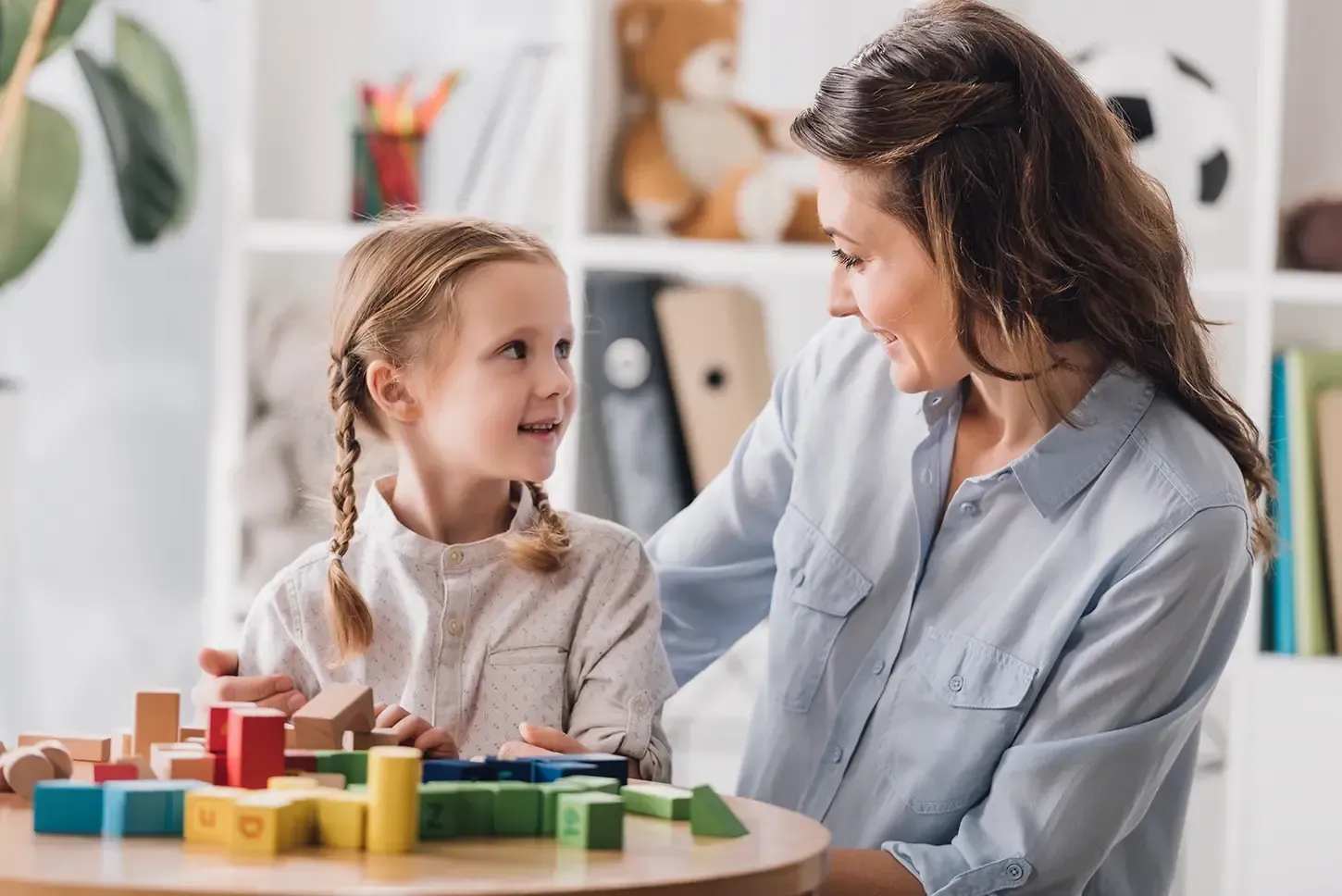Exploring the Impact of Childhood Adversities: Understanding Common Types of Trauma
Title: Understanding Common Types of Trauma in Children
Introduction
Childhood is a critical period for emotional and psychological development. Unfortunately, for many children, this time is not marked by joy and security but by traumatic experiences that can have lasting effects. Understanding the types of trauma that children may face is essential for parents, educators, and mental health professionals alike. This blog delves into common types of trauma in children, exploring their causes, manifestations, and the implications for healing and recovery.
1. Physical Abuse
Physical abuse is one of the most recognizable forms of trauma. It includes intentional acts of violence or aggression directed at a child, resulting in physical harm. This could manifest as hitting, kicking, burning, or any other form of physical assault.
Impacts:
Children who experience physical abuse often develop anxiety, depression, and behavioral issues. They may also struggle with low self-esteem and face difficulties in forming healthy relationships. Long-term effects can include chronic health issues and increased risk for substance abuse disorders.
2. Emotional and Psychological Abuse
Emotional abuse can be less visible than physical abuse but is equally damaging. It involves patterns of behavior that can harm a child’s emotional well-being, such as constant criticism, rejection, or isolation. Children subjected to emotional abuse may internalize negative beliefs about themselves, which can severely affect their mental health.
Impacts:
Victims of emotional abuse may experience depression, anxiety disorders, and attachment issues. They might find it challenging to trust others and can have trouble forming or maintaining relationships in adulthood.
3. Neglect
Neglect is defined as the failure to provide for a child's basic physical, emotional, and educational needs. Neglect can be physical (failure to provide adequate food, clothing, or shelter), emotional (ignoring the child’s emotional needs), or educational (not ensuring access to schooling).
Impacts:
Neglected children may experience developmental delays, academic struggles, and social difficulties. Neglect can lead to feelings of worthlessness and abandonment, significantly impacting a child's self-esteem and future relationships.
4. Sexual Abuse
Sexual abuse is one of the most traumatizing experiences a child can endure. It includes any sexual activity with a child, such as molestation, exploitation, or exposure to sexual situations. This type of trauma is often shrouded in silence and secrecy, making it challenging for victims to come forward.
Impacts:
The psychological effects of sexual abuse can be devastating. Survivors may experience post-traumatic stress disorder (PTSD), depression, anxiety, and difficulties with intimacy and trust in future relationships. They may also struggle with self-destructive behaviors, including substance abuse and self-harm.
5. Witnessing Domestic Violence
Children who witness domestic violence, even if they are not direct victims, can experience profound trauma. Children may see or hear violent incidents between caregivers or family members, which can create a climate of fear and instability.
Impacts:
Witnessing domestic violence can lead to emotional and behavioral problems, including aggression, anxiety, and depression. These children may also struggle with attachment issues and may be more likely to perpetuate cycles of violence in their future relationships.
6. Community Violence
Exposure to violence in a community, such as shootings, gang violence, or other forms of aggression, can traumatize children. Living in an environment where violence is prevalent can create chronic stress that affects a child's well-being.
Impacts:
Children traumatized by community violence may exhibit signs of trauma similar to those who experience direct abuse. They may have heightened anxiety, fear, or feelings of helplessness, often leading to a decreased sense of safety and stability in their lives.
7. Loss or Grief
The death of a loved one or significant caregiver can leave a lasting impression on a child's psyche. Loss can come in many forms, including divorce, separation, or the death of a parent, sibling, or close family member.
Impacts:
Children may struggle to process their grief and could experience sadness, anger, or confusion. Behavioral changes, withdrawal from social interactions, and academic decline are common among children dealing with loss. Grief can manifest differently depending on the child's age and developmental stage, making it critical to provide appropriate support during this time.
8. Natural Disasters or Accidents
Natural disasters (such as earthquakes, floods, or hurricanes) and serious accidents (such as car crashes) can expose children to traumatic experiences. The unpredictability and uncontrollability of such events can create a profound sense of fear and insecurity.
Impacts:
Children may develop PTSD or anxiety after experiencing a natural disaster or accident. They might have recurring flashbacks about the event, heightening their fear and impacting daily functioning. Support and counseling are crucial in helping children process these events and regain a sense of stability.
Conclusion
Understanding the various types of trauma that can affect children is not just a matter of awareness—it is about fostering empathy and creating environments that promote healing. Each child's experience of trauma is unique, and responses may vary based on individual temperament, resilience, and available support systems.
For caregivers and professionals, it is critical to provide a supportive, safe, and nurturing environment for children who have experienced trauma. Early intervention, access to mental health resources, and open channels for communication can significantly improve recovery outcomes. By recognizing the signs of trauma and responding with compassion and understanding, we can help children navigate their pain and foster resilience, enabling them to thrive in the face of adversity.
If you or someone you know is struggling with the effects of childhood trauma, seeking professional assistance from a qualified mental health professional can be a vital step toward healing. Remember, you are not alone, and recovery is possible.










